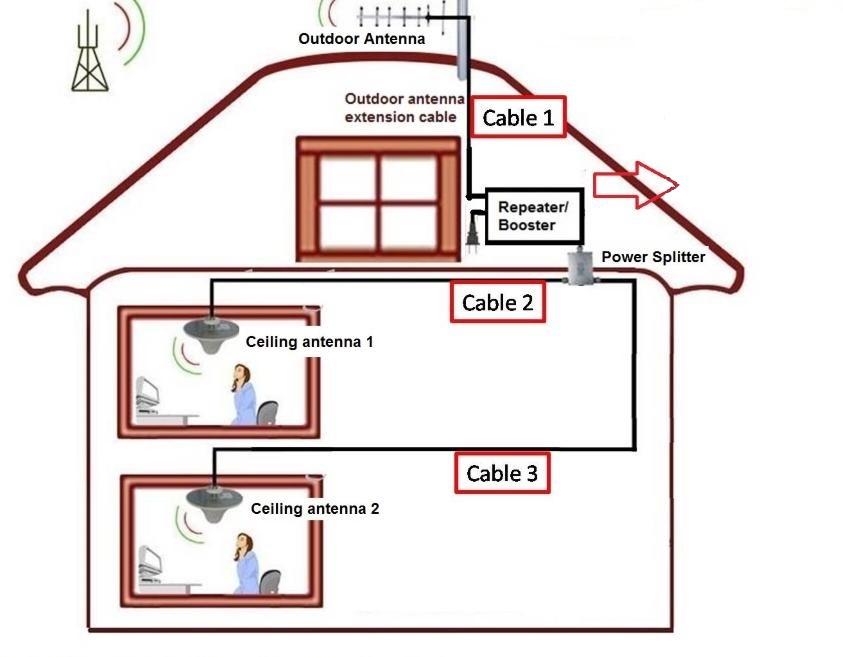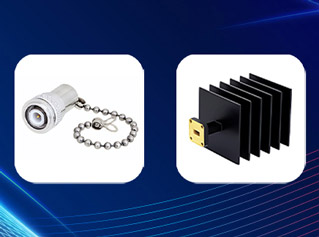-
 Band Pass Filter vs. Band Stop Filter: Key Differences and Application Scenarios Explained
Mar , 12 2025
Band Pass Filter vs. Band Stop Filter: Key Differences and Application Scenarios Explained
Mar , 12 2025
1. Core Definitions and Working Principles : to pass while blocking low and high-frequency interference : Displays a "mountain peak" shape with maximum gain at the center frequency : Typically uses LC series resonant circuits or op-amp combinations Definitiontarget frequency band (stopband)Response CurveImplementation 2. Six Key Differences Comparison Table Comparison Aspect Band Stop Filter...
View more
-
 Introduction to BDA System Components: Key Products, Considerations, and Global Insights
Mar , 13 2025
Introduction to BDA System Components: Key Products, Considerations, and Global Insights
Mar , 13 2025
A BDA system amplifies and redistributes weak signals to ensure consistent coverage. Key components include: Regulatory Compliance: Ensure adherence to local standards (e.g., FCC (USA), CE (EU), SRRC (China)) to avoid interference and legal penalties. Interference Management: Use shielded cables and isolators to prevent feedback loops. Signal Balancing: Optimize amplifier gain settings to avoid os...
View more
-
 Common waveguide components: waveguide terminals
Mar , 18 2025
Common waveguide components: waveguide terminals
Mar , 18 2025
2. Waveguide Terminals 2.1 Performance Characteristics Key electrical parameters include frequency range (determined by waveguide dimensions), VSWR, and input power handling. Physical attributes like size, weight, and material selection (e.g., corrosion-resistant plating) are equally vital. Thermal management strategies vary: 2.2 Materials and Applications A waveguide terminal typically consists o...
View more
-
 Analysis of Directional Coupler Applications: Core Technology in Modern Communication and Testing Systems
Mar , 26 2025
Analysis of Directional Coupler Applications: Core Technology in Modern Communication and Testing Systems
Mar , 26 2025
In wireless communications, radar systems, RF testing, and other fields, the directional coupler stands as a critical passive component, enabling unique signal separation and monitoring capabilities that make it indispensable in modern electronic systems. This article delves into the working principles, core advantages, and real-world applications of directional couplers across industrie...
View more
-
 Understanding Jumper Cables in RF Systems
Apr , 07 2025
Understanding Jumper Cables in RF Systems
Apr , 07 2025
What They Are and Why They Matter Jumper cables, also known as RF jumpers or feeder jumpers, are short coaxial cables used to connect various components in an RF transmission system. Though seemingly simple, they play a crucial role in ensuring signal integrity, mechanical flexibility, and overall system performance in wireless infrastructure. 1. What is a Jumper Cable? A jumper cable is a flexibl...
View more
-
 Active vs Passive RF Components: Key Differences and Applications
Apr , 14 2025
Active vs Passive RF Components: Key Differences and Applications
Apr , 14 2025
Introduction In wireless communication, radar systems, and IoT devices, radio frequency (RF) components are critical for signal processing. Understanding the differences between active RF components and passive RF components is essential for circuit design, cost optimization, and performance enhancement. This article explores their core distinctions through technical ...
View more
-
 What is an RF Filter?
Apr , 18 2025
What is an RF Filter?
Apr , 18 2025
In high-frequency electronic systems like wireless communications, radar systems, and medical devices, RF filters (Radio Frequency Filters) act as "traffic controllers" for signals. These critical components precisely screen specific frequency ranges, ensuring optimal device performance. This article breaks down the core technology behind RF filters and addresses key selection criteria e...
View more
 Band Pass Filter vs. Band Stop Filter: Key Differences and Application Scenarios Explained
Mar , 12 2025
Band Pass Filter vs. Band Stop Filter: Key Differences and Application Scenarios Explained
Mar , 12 2025
 Introduction to BDA System Components: Key Products, Considerations, and Global Insights
Mar , 13 2025
Introduction to BDA System Components: Key Products, Considerations, and Global Insights
Mar , 13 2025
 Common waveguide components: waveguide terminals
Mar , 18 2025
Common waveguide components: waveguide terminals
Mar , 18 2025